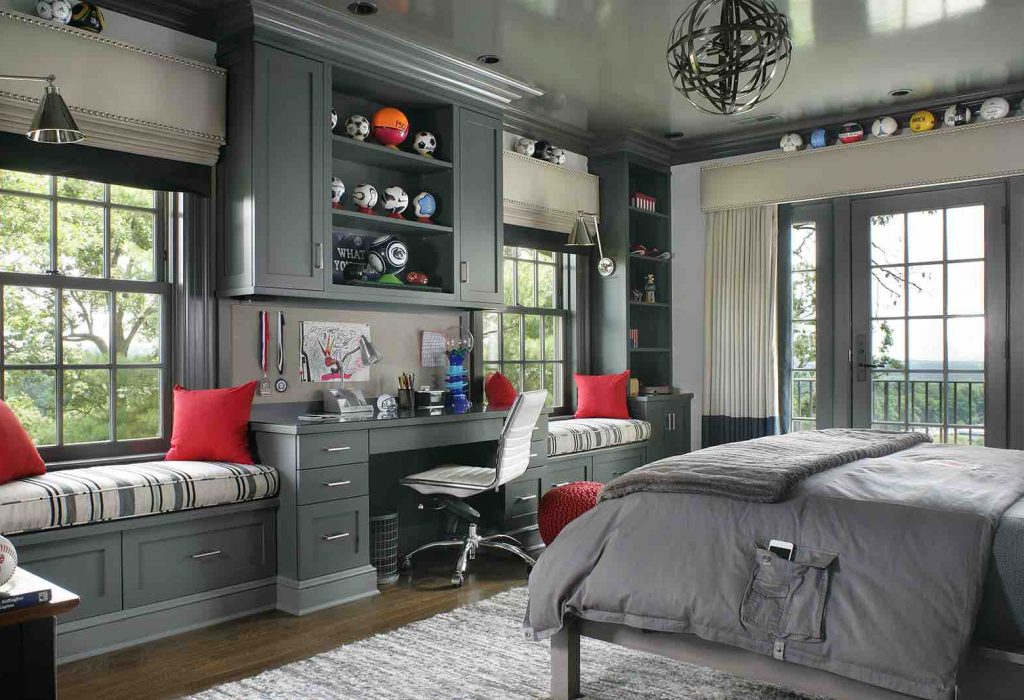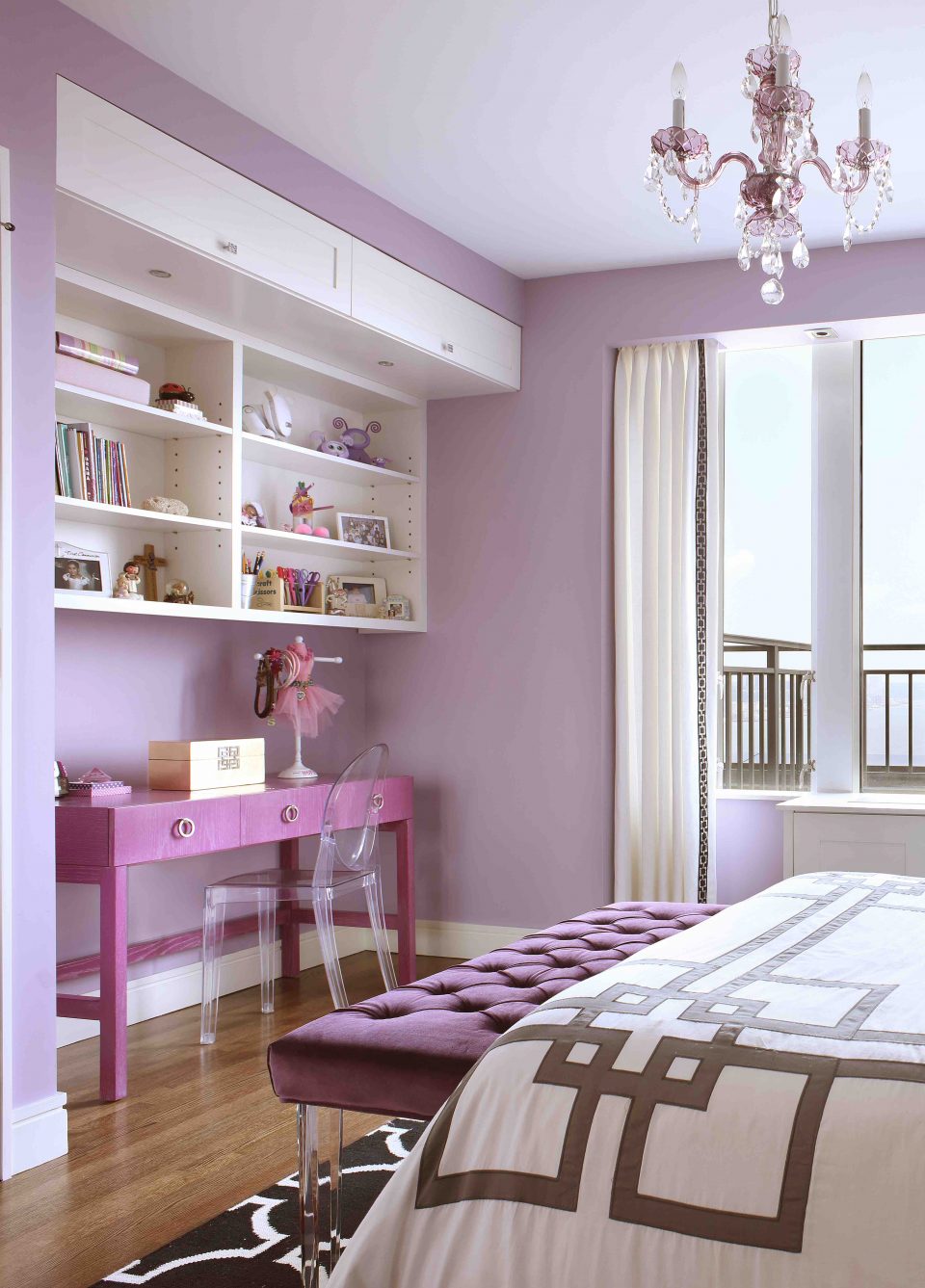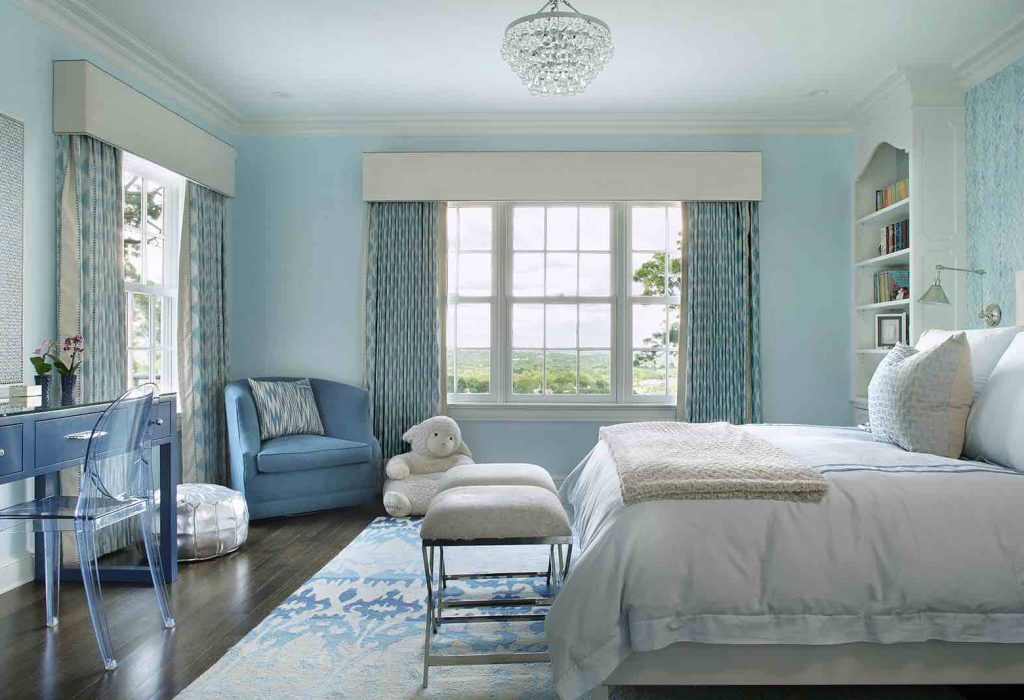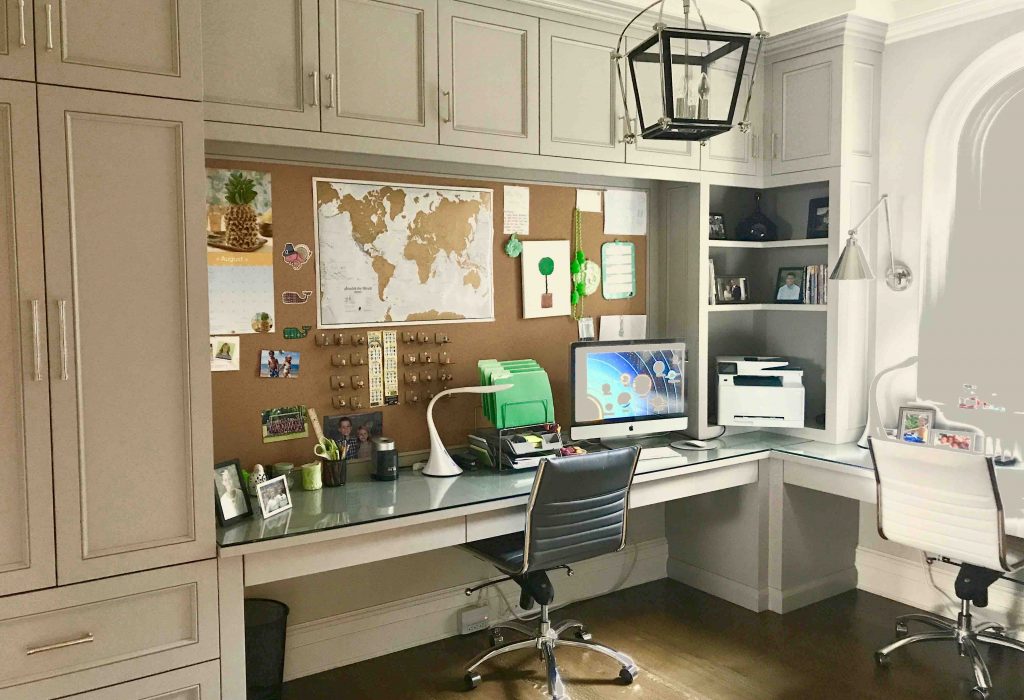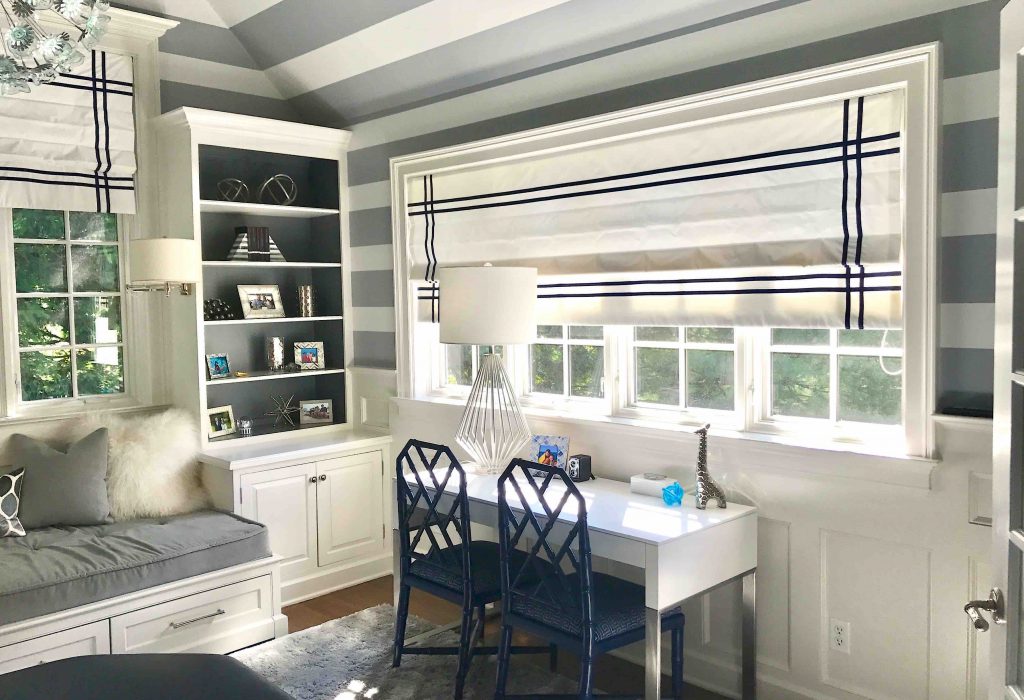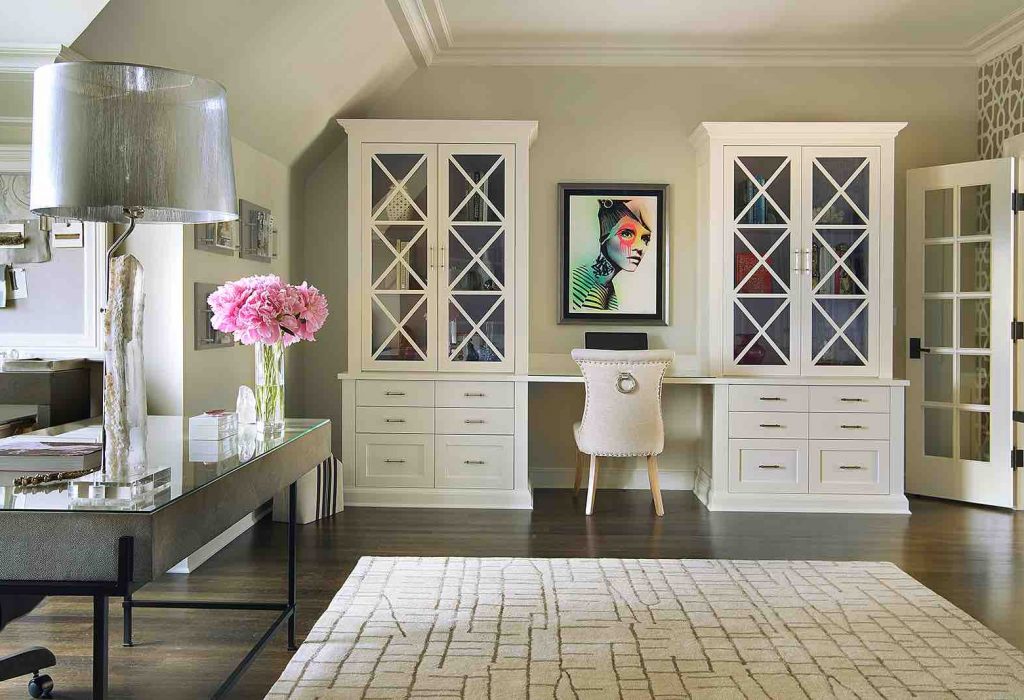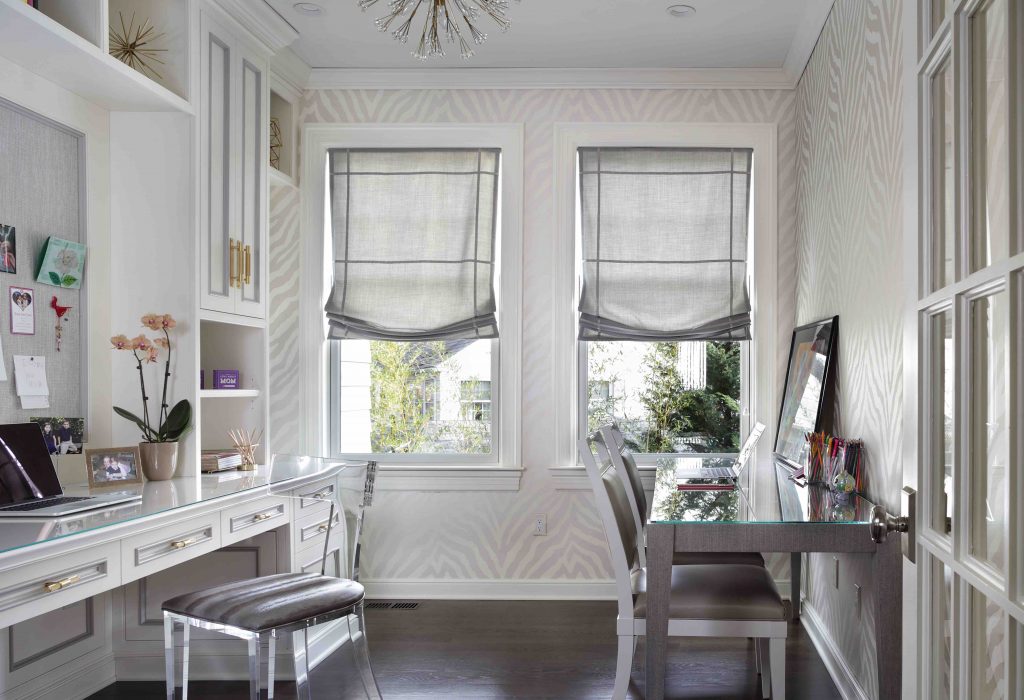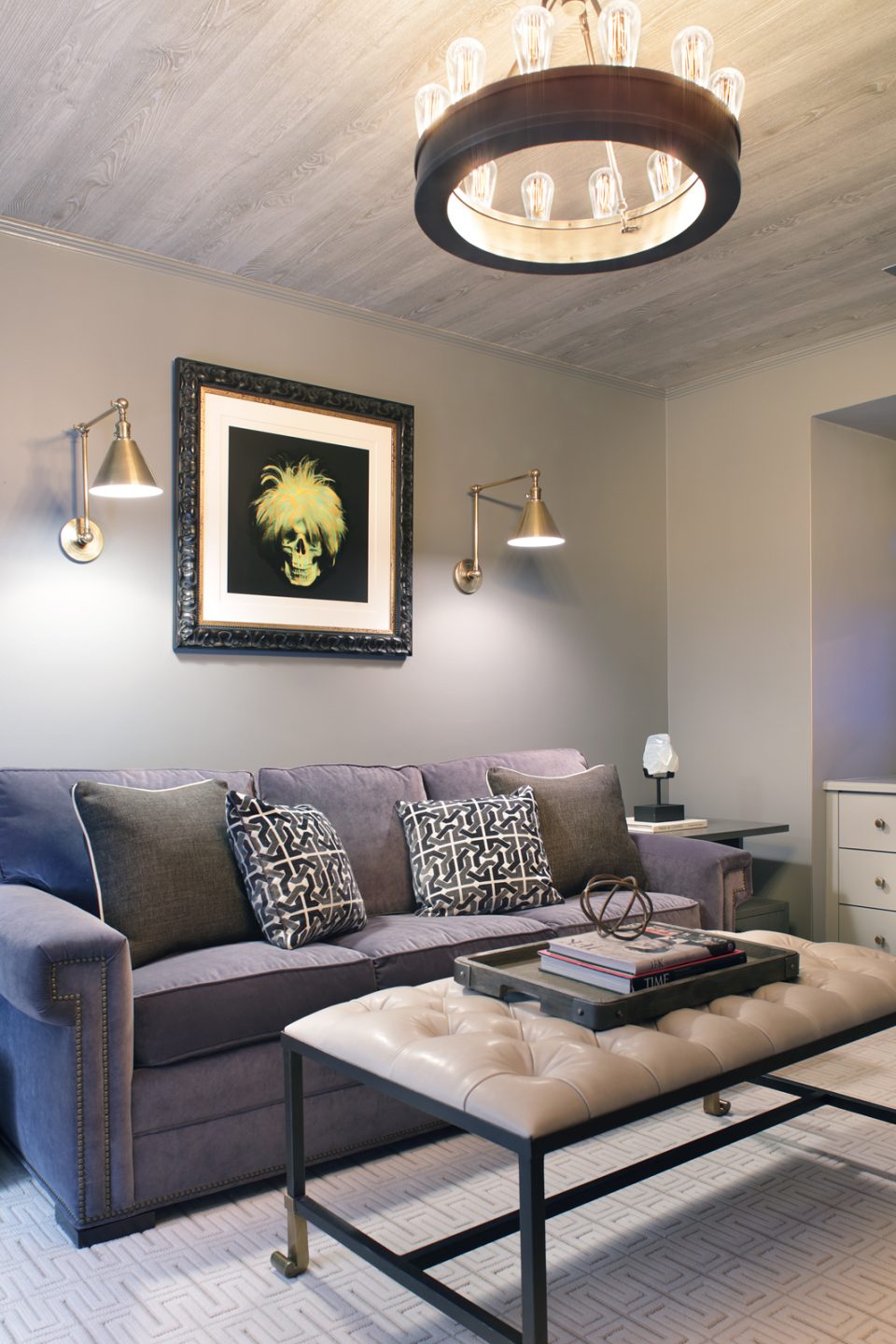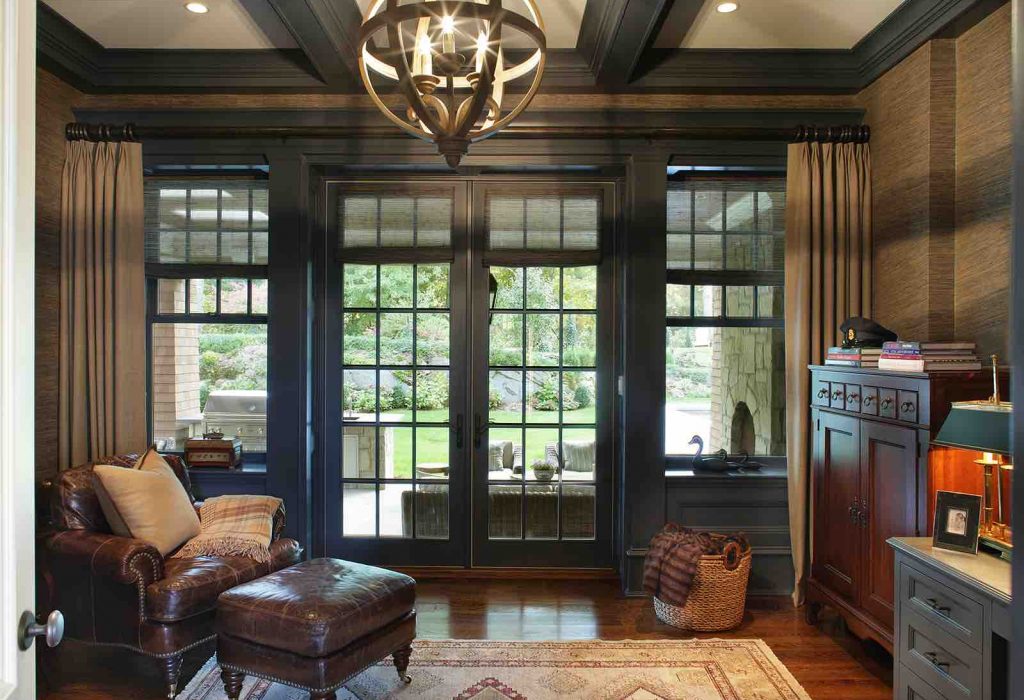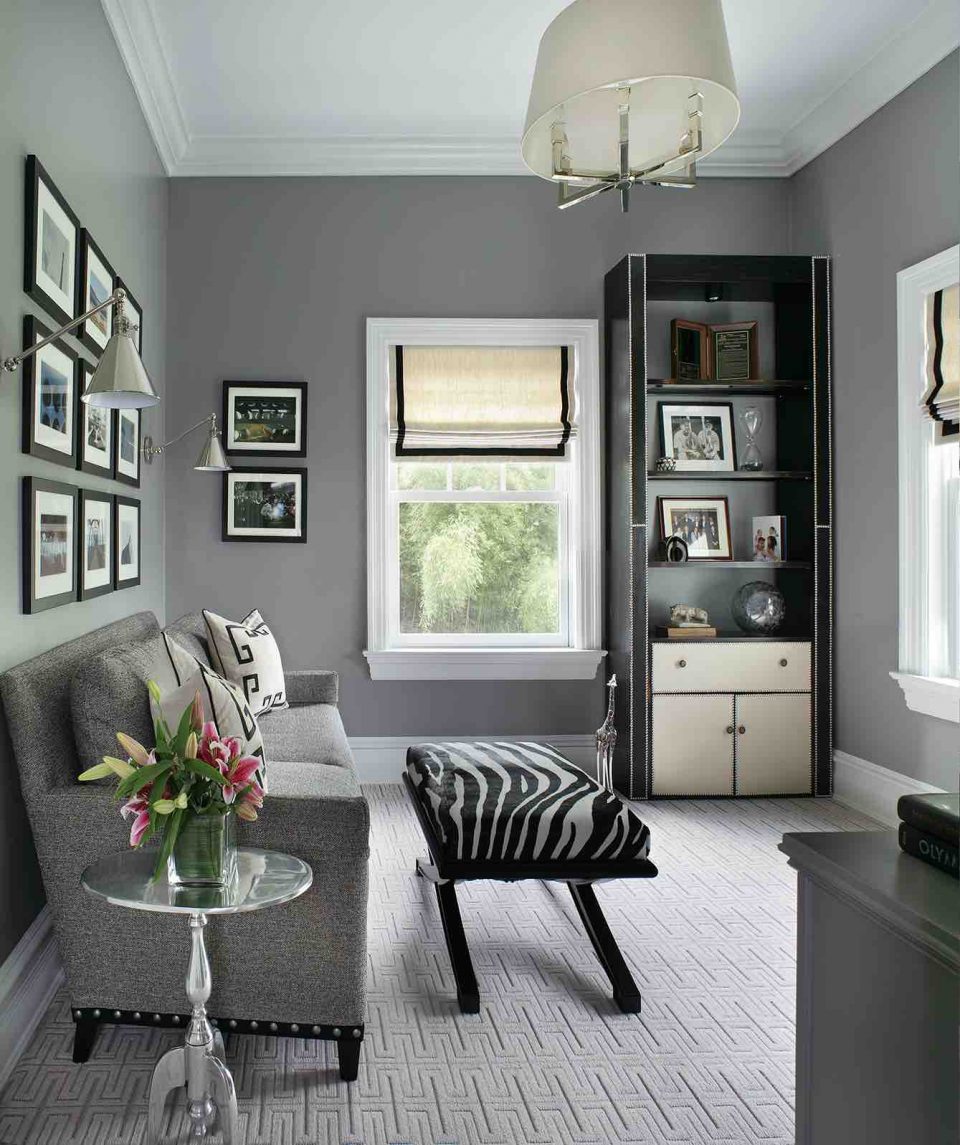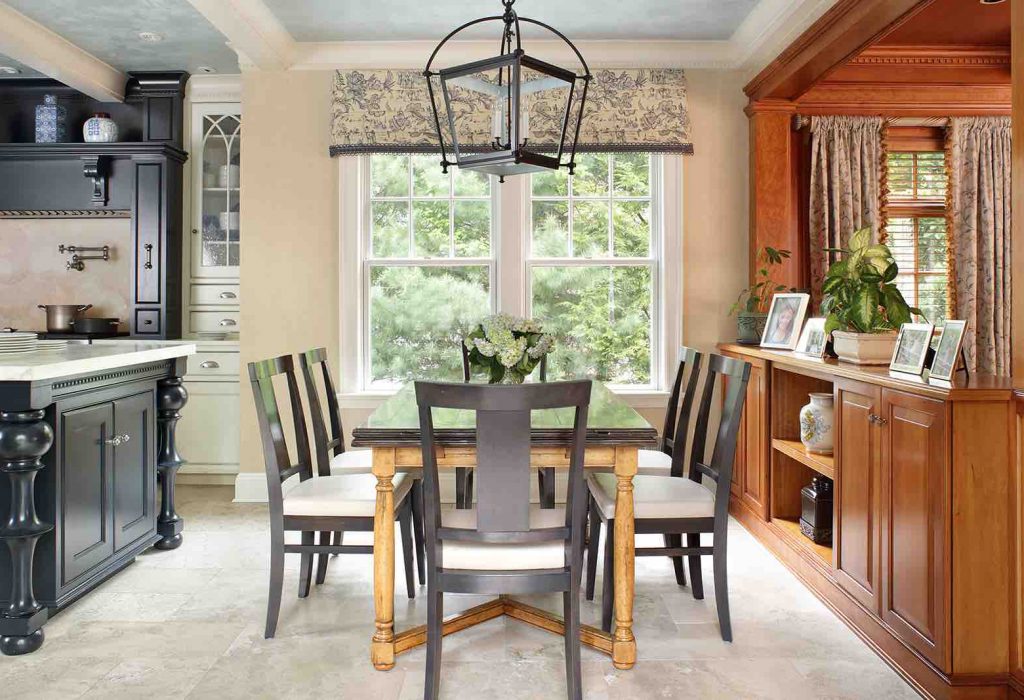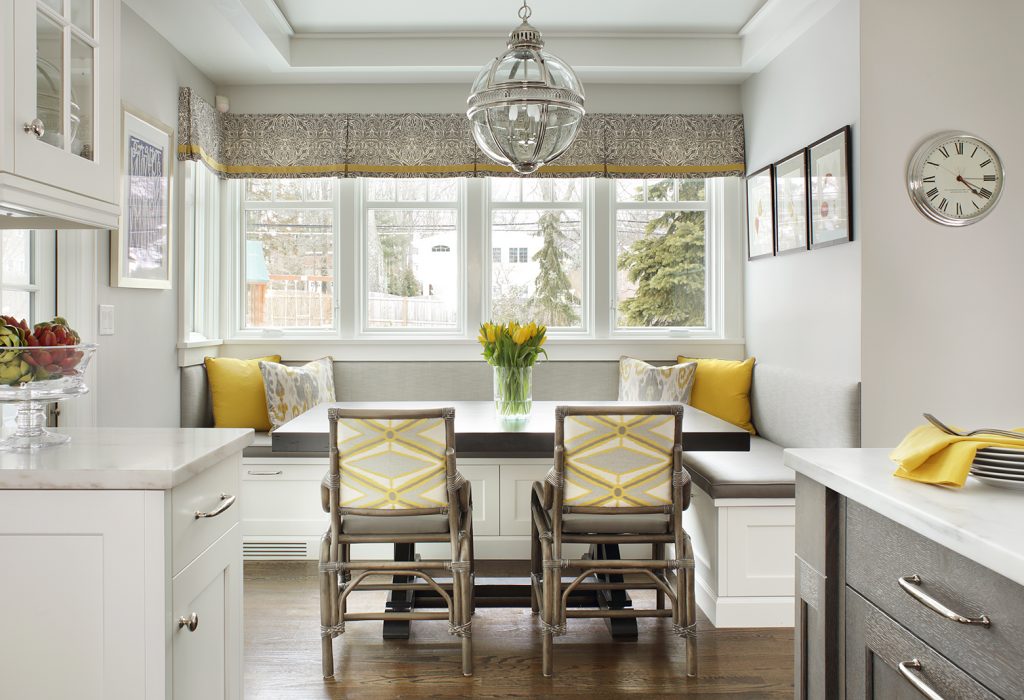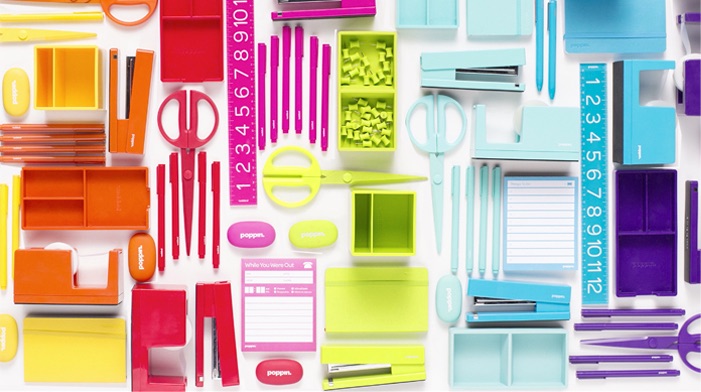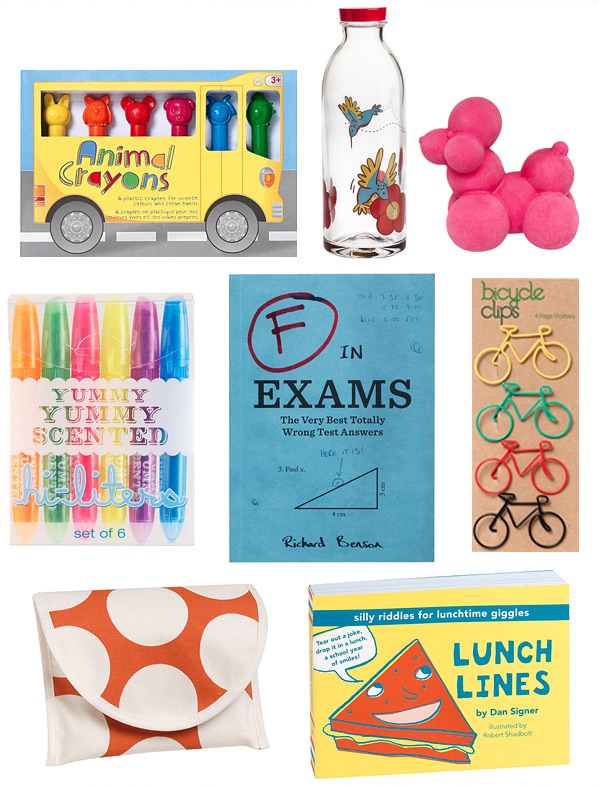And, somehow Summer is coming to and end. Pulling my family out of Summer mode is one of the hardest jobs I have. Honestly, it’s because I am not very enthusiastic about the prospect. But, with the reality of back-to-school staring me in the face, I have to be the adult in the group and get us ready :).

School takes on a new focus for us this year. My son is starting 8th grade, which is when academics take a sharp turn to serious studying. Up until this point, homework has been slotted in between school, sports, socializing and spending time with family. Now, it needs to become a top priority in our scheduling. Which brings us to the question – how to create the best place to study? Is it at a desk, on their bed, at the kitchen or the dining room table, or in a room that is tucked away from the hubbub of the house? I will share with you the 4 pointers I uncovered by looking into creating conducive study spaces.
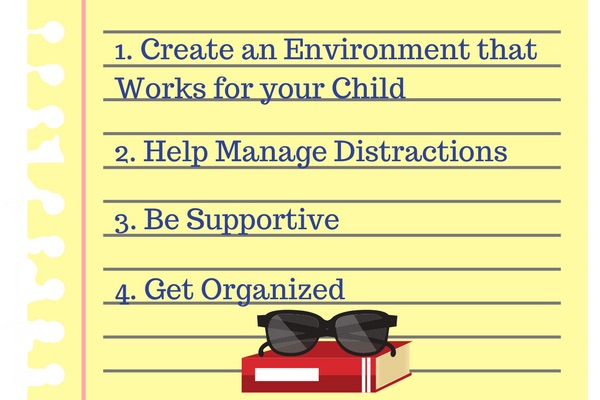
1. Create an Environment that Works for Your Child
I read a few articles on this topic (“Where is the Best Place to Study and Do Homework?”, “Learn about the Top 10 Places to Study”, etc.) and found conflicting advice – one said “the bedroom never works for any student” while the other ranked the bedroom as the 2nd best place for a teenager to study!! What now? I opted to reach out to friends and ask what they have found the best places are for their kids. I got great input but there was no consensus on the one place that worked for every kid.
I think the conclusion is that the right place is where your kids feel most comfortable. This theory is backed up by a Washington Post article “Creating a Good Homework Environment” which suggests “if possible, involve your kids in the decision of where they’ll do their work.” And, it is also supported in a Psychology Today piece – “The Importance of Setting Expectations with Children about Study Habits”. Their advice: “Setting mutual expectations with your children about their intentions regarding study habits and academic effort before they go back to school can eliminate hours of arguing and complaining later in the school year. More importantly, it will help them take responsibility for their own education and academic performance.”
2. Help Manage Distractions – The Marshmallow Test 🙂
One issue that every article I read agreed on was managing distractions. Kids today (mine included!!) try to convince us that their generation is wired differently. Multitasking is in their DNA. Just because you can’t read a book, watch TV, listen to music and keep up with social media at the same time, doesn’t mean they can’t. Well, they can’t either! Slate recently published an article “You’ll Never Learn” concluding “evidence from psychology, cognitive science, and neuroscience suggests that when students multitask while doing schoolwork, their learning is far spottier and shallower than if the work had their full attention. They understand and remember less, and they have greater difficulty transferring their learning to new contexts. So detrimental is this practice that some researchers are proposing that a new prerequisite for academic and even professional success—the new marshmallow test of self-discipline—is the ability to resist a blinking inbox or a buzzing phone.” So, we need to work with our kids to help them keep distractions to a minimum.
I will share with you a little story about when I was going to photograph a teen workspace I had designed, which is adjacent to a client’s daughter’s bedroom. The daughter, a sophomore in high school, was doing summer reading on her bed. She had a very serious looking book that she was annotating with a rainbow of post-its and highlighters. While we were taking photographs, I asked her a question. Initially, there was no response and then I heard her say, “Oh sorry, were you talking to me?” I replied that I was and that she must have been too engrossed in her reading. To which she responded, “Oh, no. I was just texting.” LOL!!! Point made. And, the fact that she was doing her school work sitting on her bed when a purposefully designed study area sat unused only a few feet away, is an example of how kids will do their work where they feel most comfortable.
3. Be Supportive
One thing I do know is that I couldn’t “do” school again. There is a lot going on with teenagers in this generation, maybe there was for me too but I see what my kids are dealing with these days and it’s daunting. My parenting goal is to keep my intentions aligned with my children’s objectives. If they are successful, I will celebrate their achievements. If they come up against challenges, I will support their efforts in surmounting them. It’s so much easier said than done, but I do believe if my kids understand that I am on their side, they will be better able to manage their tumultuous teens. A book that I have found helpful in navigating the teenage years is “How to Hug a Porcupine: Negotiating the Prickly Points of Tween Years” by Julie A. Ross, MA. The book provides a roadmap and vocabulary to help deal with this turbulent time in their (and your) life. “Yesterday, your child was a sweet, well-adjusted eight-year-old. Today, a moody, disrespectful twelve-year-old. What happened? And more important, how do you handle it? How you respond to these whirlwind changes will not only affect your child’s behavior now but will determine how he or she turns out later.”
4. Get Organized
Through designing many homes for families with children, I have experience creating rooms for children of all ages in all areas of the home. Designing an environment where your child feels comfortable, settled and relaxed will help make the job of studying ultimately more productive and pleasant. Trying out different areas may be the best way to figure out what works best for your child. Here are some of the different spaces I have designed to give you some ideas.
– Bedrooms –
– Dedicated Study Spaces –
– Share with Mom –
– Dens –
– Kitchens –
And then the fun part, (for me at least) buying school supplies! I understand that this chore can be a vastly different experience for a boy and for a girl. For my son, I know that he will need notebooks, pens, pencils, paper and maybe a few index cards. He does not care what color or cover or brand they are, just get the basics. For my daughter, it will be a process of finding the color coordinating binder, spiral notebook, folders, the most adorable pencil holder and an awesome assignment book. And, I will enjoy every minute of making that happen. Some of my fave go-to sources for school supplies (and my own office supplies) are Poppin’ (links to a fun YouTube video) and Paper Source.
I hope you enjoy the very last few days of summer!

